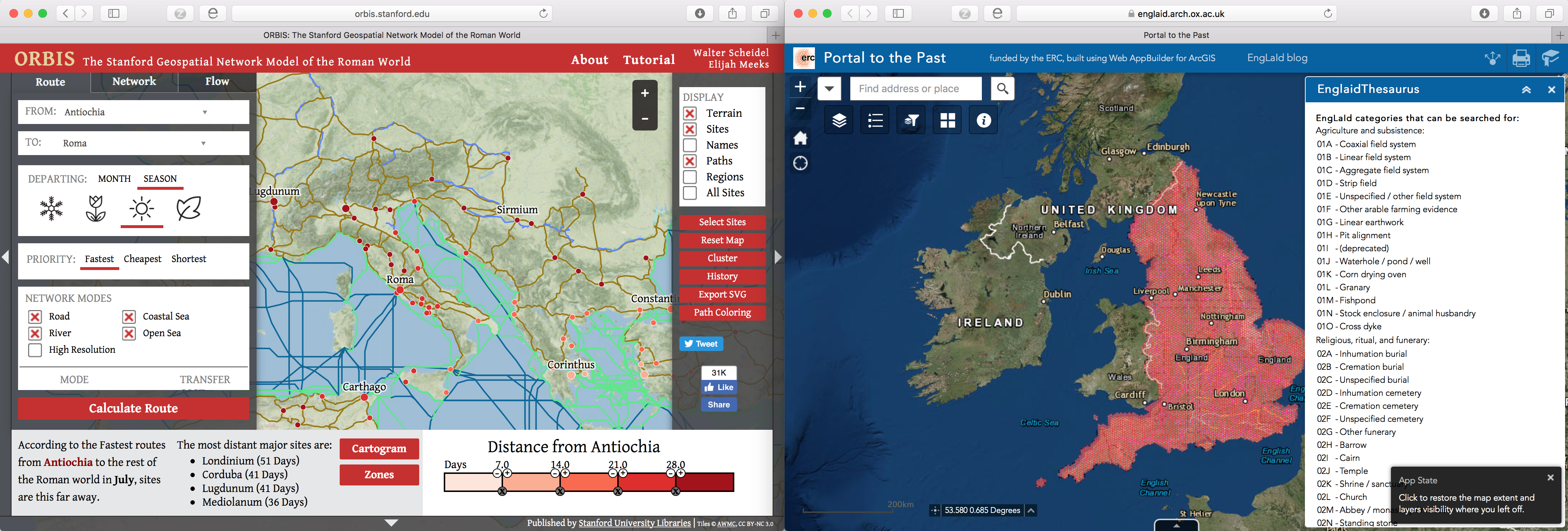By Janie Masséglia
There is a wonderful podcast for those who find it hard to sleep called Nothing Much Happens, where the soft-voiced author talks about pleasingly cosy things until you drop off – making coffee, working in the allotment, closing up at a bookshop. I love the series and have found the episodes all very soothing – all except one, about preparing stationery for the new school year. By the end of it, my heart was pounding in my chest as I was wide awake, too excited to sleep. And why was this? Because I love stationery. Nora Ephron knew what she was doing when she had Joe Fox offer his mystery penpal a bouquet of freshly sharpened pencils. Do you, dear reader, have fond memories of WH Smiths in late August? Did you spend half an hour choosing the right hardback notebook from Paperchase to be your teenage journal? Do you now have to pretend it’s your children who make you go into Smiggle?
I make these confessions because I’ve just been watching a draft of Anna Willi and Alex Mullen’s terrific new short film on Roman writing equipment. If you’ve ever wondered what tools the Romans used to write, and what they wrote on, this is for you:
What really struck me during Alex and Anna’s conversation were the kinds of associations a Roman might have had with writing and writing equipment: ancient images of individuals with writing equipment convey messages about status, education, literacy, and even, specifically, the ability to understand Latin since in some provinces, the art of writing and Latin Language were intertwined. These implications of writing equipment were so positive than some people were buried with it, while others had it depicted on their funerary markers:

This got me thinking about the associations of writing material today. Stationery isn’t something many people ask to be buried with (although I’d certainly consider it), and it’s not a strong theme in adult self-representation. Posing with notebooks and pens is not a mainstream choice for selfies.
Instead, stationery seems now to carry two potent associations and to be aimed (in marketing terms) at three distinct demographics: the first is the association with creativity. Perhaps the most visible group of users are school children, with greater apparent emphasis on girls. The marketplace is awash with pens, pencils, rubbers, pencil cases, notebooks and folders aimed at school children who are encouraged to prioritise writing by hand, and old enough to have an opinion about how they want to express their identity. The second group of “creative” stationery users prioritised in modern marketing are artists, using pens and paper as their preferred medium for illustration rather than text.
The second association is with an old-world sophistication. Fountain pens in particular, have taken on a special connotation as “special” writing implements, packaged and priced like lifestyle accessories such as expensive watches or jewellery. Here, the use of the pen seems to take on a more symbolic meaning: it adds formality and gravitas to the process of signing contracts, cards and letters. Likewise, the hidebound notebook has become a statement of vintage charm and expense in the age of the mobile phone and laptop. We all know people who love stationery, especially in the academic community. One of my undergraduate recently pointed to my own pen and whispered “Cool. Old school.” I hadn’t realised that my leaky, plastic, short-cartridge fountain pen could be seen as intentional retro styling.
Why is stationery now a niche interest among adults? Perhaps the presumption that everyone is literate precludes the need to prove it. Perhaps the rise of the keyboard has made stationery look out-dated. Perhaps the age distinction between those who write by hand and those who use a keyboard has, in effect, rendered cheap, practical stationery “kid’s stuff” for many people. In any event, the significance of stationery isn’t what it was… ahem… 30 years ago, and certainly not what it was 2000 years ago. Just because an object looks familiar, doesn’t mean it has the same social meaning. Join Anna and Alex to find out more!
If you’ve not already seen our open access ebook on the subject, do take a look at Anna’s magnificent work in full.



